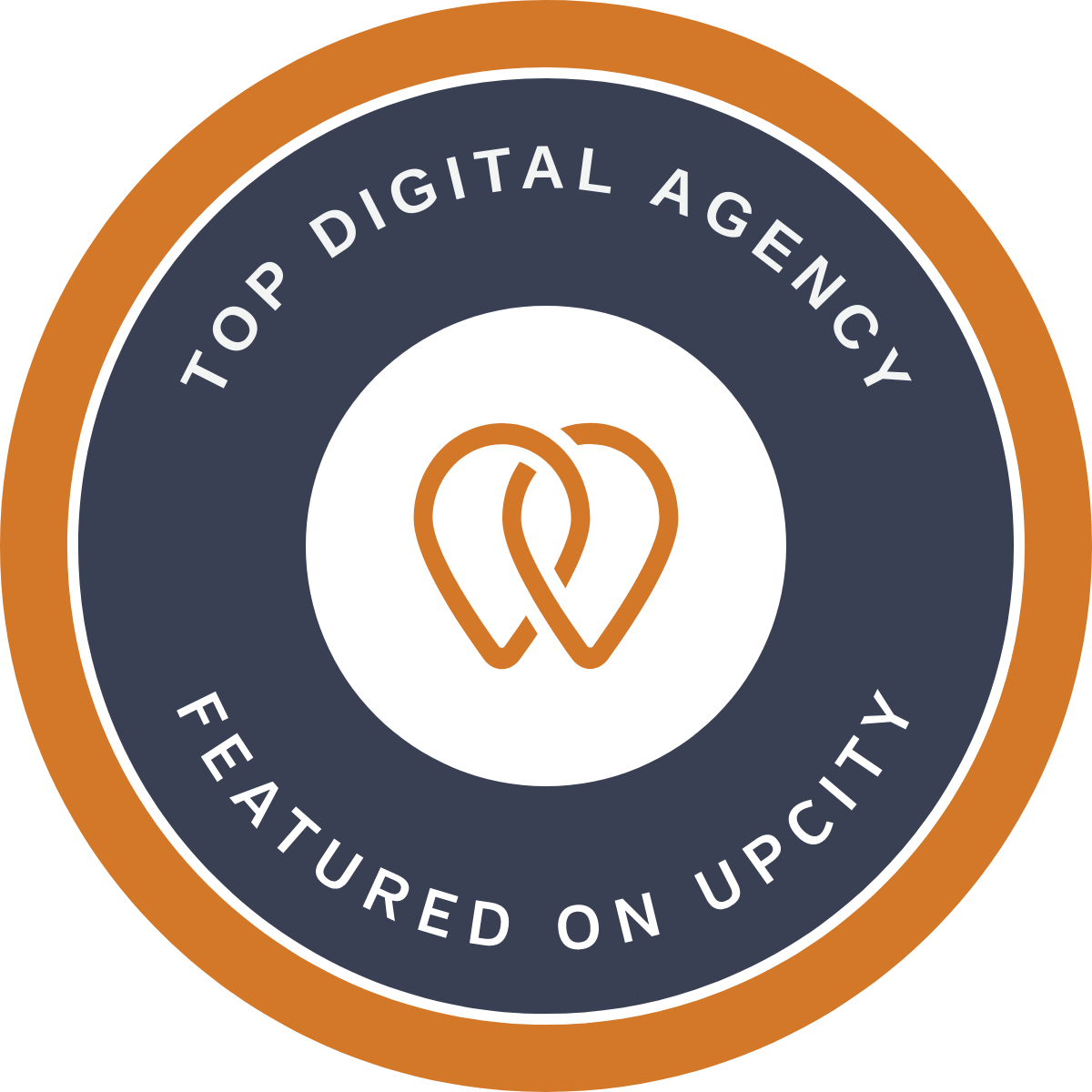The Ultimate Guide to Nonprofit Public Relations

Nonprofits need to tell their stories in order to attract stakeholders, donors, and champions of their cause. But without a good public relations strategy, your story – no matter how compelling – may never be heard. And if your story isn’t heard, your nonprofit may flounder.
A strong PR strategy helps build your organization’s credibility, while attracting new people to your mission. The nonprofit space is pretty crowded. Here are some key techniques to ensure you stand out from the competition.
The Power of Earned Media: you can’t pay for better publicity
Earned media gives you instant credibility and turbocharges your visibility, leading to increased interest and support. It’s like the Good Housekeeping seal of approval from an outside, credible source. We’re talking about stories in newspapers, radio, television, online media platforms, unsolicited social media coverage, and published opinion pieces. But getting the attention of these outlets isn’t easy. It’s important to start and maintain relationships with reporters and send them topical, targeted media releases. Remember, busy reporters are always on the lookout for great stories, but their time is precious, so just hit them with the key points about why your story is newsworthy. Don’t overload them with information they can’t use.
Build a Community: tell your story and get people to care about it
The more people you engage in your mission, the stronger your organization becomes. Here are some core ways to build a community:
- Social media: It’s essential to have a strong social media presence, kept up to date with engaging content.
- Events: Hosting free events or partnering with other organizations engages the community with your cause.
- Current news stories: Respond to a current need. For example, Feed the Fridge, an organization that provides free meals to those in need, stepped up to feed kids when a fire destroyed a summer camp kitchen. Not only did that strengthen a community, it garnered earned media coverage.
- Podcasts & videos: Build a community of followers by hosting podcasts or creating short social media video posts.
Thought Leadership: become the go-to authority in your field
Establish the executive director of your organization as a thought leader, so that he or she, along with your organization, becomes an authority in your field. It takes time to build, but begin by taking part in panels, conferences, and speaking engagements. Op-eds authored by your organization’s executive director are another great way to build credibility. Your LinkedIn page should be updated regularly with thoughtful, original content, and promoted using any outlet you have: social media channels, your website, etc. Awards and recognition are another great way to gain attention; and there are plenty of awards out there. And as mentioned above, podcasts and social media videos are increasingly becoming an essential avenue for reaching a larger audience.
Testimonials: A powerful, free marketing tool
Nothing is more influential than somebody’s endorsement. Don’t be afraid to solicit testimonials from people familiar with your work, especially those with some social standing: ask board members, local or national politicians (if you’ve worked with them in the past), and other members of your community. Testimonials should be used everywhere: on social media, in news stories and press releases, at public events, in fundraising collateral, and on your website.
























